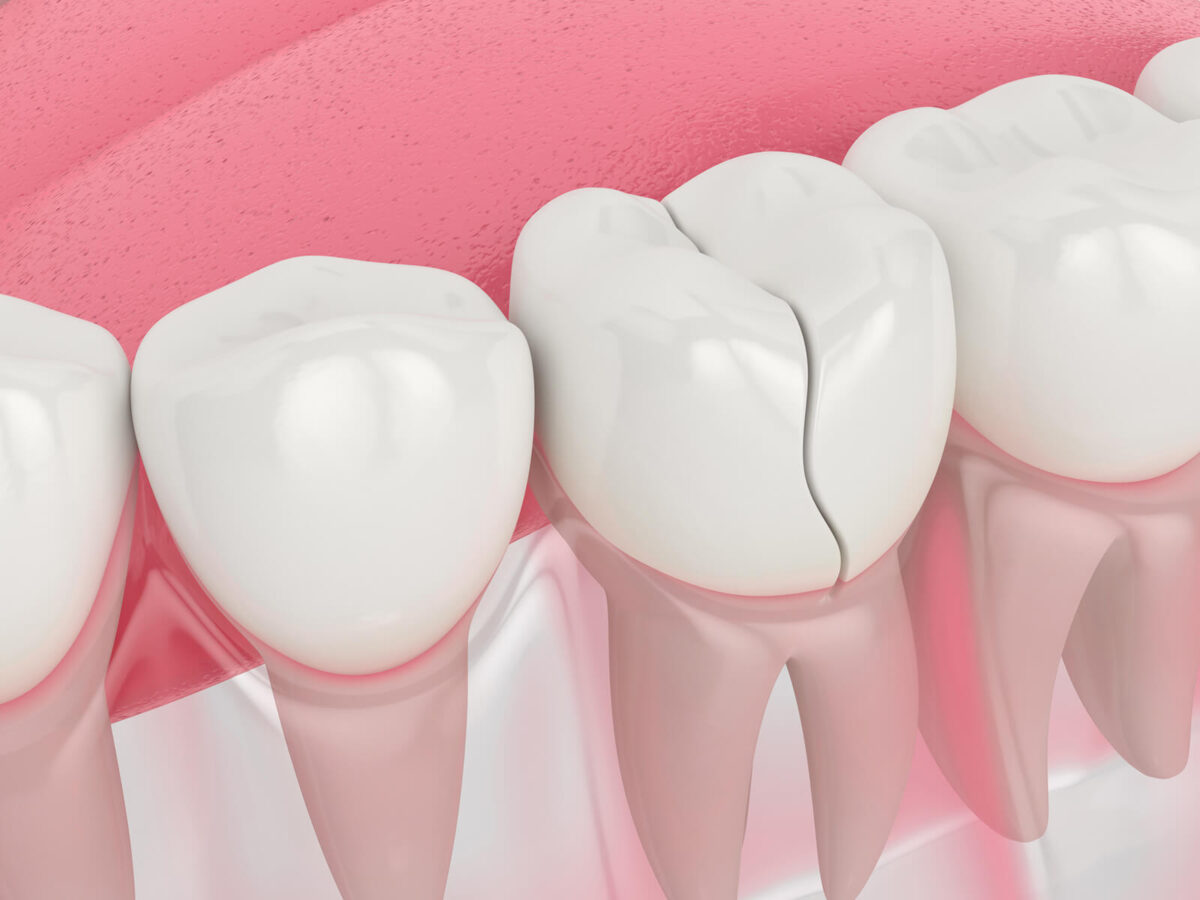Cracked Tooth Syndrome (CTS) is a dental disorder that affects a large proportion of the population and can potentially lead to other complications once the disturbance is felt in the mouth. Information on CTS’s symptoms and treatments, as well as preventive strategies, is necessary when it comes to oral health. The following article gives a detailed account of CTS as supplemented by the specialists at Grangerland Dental.
Symptoms of Cracked Tooth Syndrome
One of the problems associated with a diagnosis of Cracked Tooth Syndrome is that the cracks are not always easily visible due to their size and may not even be seen during a professional dental inspection or x-rays. However, several common symptoms may indicate CTS:
1· Pain While Chewing
A burning sensation or sharp pain felt when biting or chewing is commonly associated with CTS· This sort of pain may be sporadic and felt only when peculiarly applying pressure·
2· Sensitivity to Temperature
It is possible to have symptoms such as teeth sensitivity to extreme temperatures, such as hot water· This sensitivity can either signal a sharp, shooting pain or a dull kind of pain·
3· Unexplained Tooth Pain
The most common early sign of CTS is experiencing persistent pain that cannot be attributed to a specific area· The pain may be intermittent, so it is difficult to tell which tooth is causing the problem·
4· Swelling or Gum Tenderness
Swelling or tenderness around the cracked tooth may indicate infection or inflammation, which can accompany CTS·
Treatments for Cracked Tooth Syndrome
To effectively treat CTS, one must undergo a right dental practitioner diagnosis. At Grangerland Dental office, the dentist examines the crack and seeks to assess the best way forward. Common treatments for CTS include:
1. Dental Bonding
Dental bonding can treat only minor cracks. A composite resin in the tooth’s natural color is placed on the cracked portion to overlay it.
2. Dental Crown
A crown may be required if the crack is quite severe and the tooth structure is compromised to a larger extent. The crown lies on the whole tooth to shield it from additional deterioration and to reinstate its sturdiness and functionality.
3. Root Canal Therapy
When the crack extends to the pulp chamber, the tooth is likely to be subjected to a procedure known as root canal treatment. This method involves removing the affected pulp, thoroughly washing the root canal, and then filling it to avoid the risk of bacterial infection.
4. Tooth Extraction
In severe cases where the crack extends to the gum line, the dentist may have to pull out the tooth. After the tooth has been removed, a dental implant or a bridge can be considered as an option for replacement.
Prevention of Cracked Tooth Syndrome
The prevention of CTS entails proper oral hygiene and refraining from certain behavior that ensures the teeth’s safety. Grangerland Dental recommends:
Avoid Hard Foods:
Avoid chewing on ice, nuts, and hard candies to prevent the formation of cracks.
Wear a Mouthguard:
A mouthguard has the potential to conserve teeth from the impacts of grinding and physical activity involving contact sports.
Good Oral Hygiene:
Take care of your teeth and gums by brushing them, flossing daily, and visiting a dentist for a check-up often. Maintaining good hygiene is vital for preventing cavities and tooth loss.
Address Dental Issues Promptly:
It is important not to ignore any kind of pain in the mouth so that the cracks do not worsen.
Be Mindful of Certain Habits:
Do not use your teeth to open food, bottles, and packages, and do not bite nails to reduce pressure on your teeth.
Conclusion
Cracked Tooth Syndrome is devastating, painful, and difficult to cope with and treat, so it is critical to manage it properly. Thus, when poor dental health habits are recognized early enough and proper assistance is sought from experts like those at Grangerland Dental, it is possible to make a big difference.
Visit our clinic for more information on Cracked Tooth Syndrome and to contact professional dentists at Grangerland Dental. Your dental health is very important to us, and it is our privilege to assist you in achieving and sustaining excellent oral health.




